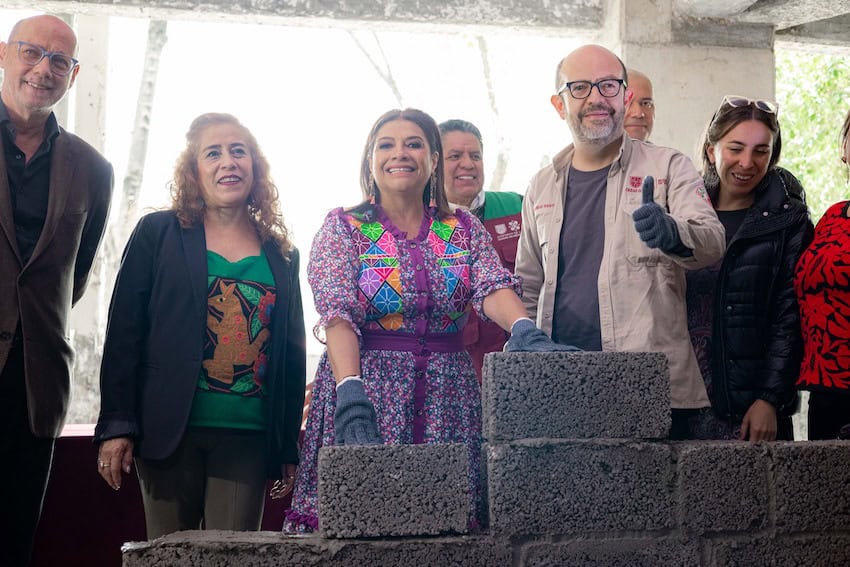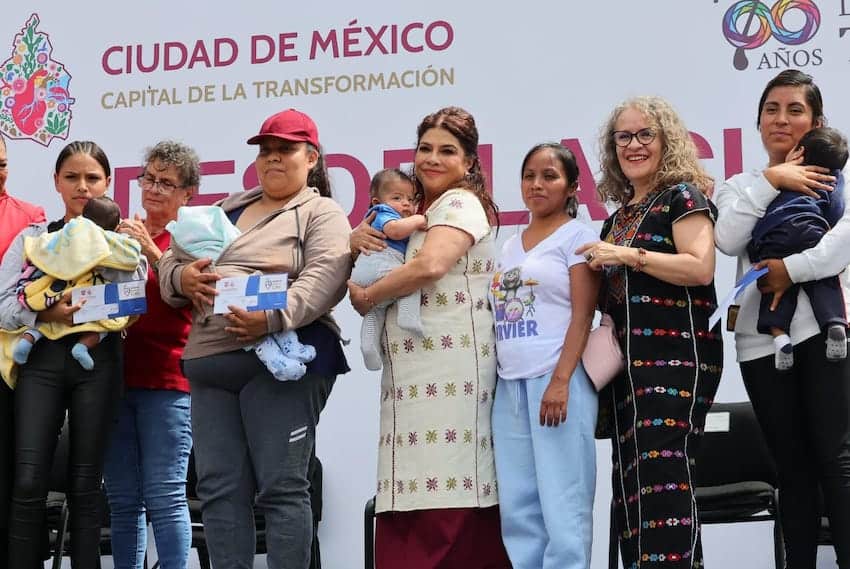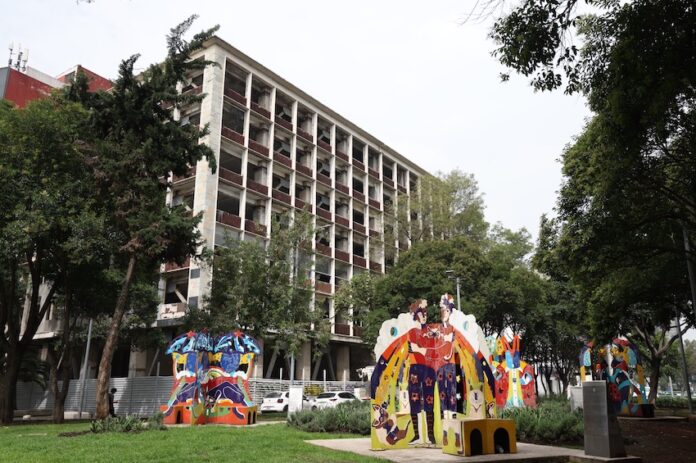Mexico City Mayor Clara Brugada Molina announced on Friday that her government will create thousands of affordable housing units as part of a long-term strategy to tackle gentrification.
Following a protest against gentrification in the Condesa neighborhood earlier this month, Brugada said that her Public Rental Housing program’s 20,000 new rental homes will address at least half of the city’s rental housing deficit during her six-year term.
The total investment is expected to exceed 600 million pesos ($31.8 million).
“We are discussing a fragmented city, a city under pressure from the issue of gentrification, or the displacement of families who have historically lived in the city’s neighborhoods and are being forced out of those places due to various factors,” Brugada said.
The mayor stated plans to launch a set of additional strategies aimed at stabilizing rental prices in the city. “We want the population living in Mexico City to stay in Mexico City,” she said.
Homes that are part of Brugada’s program will be rented at no more than 30% of the residing family’s income, according to the mayor.

Rents will start at approximately 3,000 pesos (US $160) a month for a 60-square-meter space for those earning the minimum wage, and 7,500 pesos ($400) for those earning three times the minimum wage.
“The increase in rents in Mexico City, especially in certain areas, has been excessively high, so the time has come to develop public policy that helps us ease tensions in those areas,” said Brugada.
The program will prioritize vulnerable groups such as youths, the elderly, workers who commute to central areas, single mothers, families who do not own their own homes, those whose income is less than three times the minimum wage and those who have been evicted.
The spaces are also expected to include a “care system,” offering childcare and education centers, laundromats, eateries and other key facilities, according to Brugada.
The mayor said that 1,000 rental housing spaces have already been acquired and will be renovated and offered to renters in the coming months.

Mexico City Housing Minister Inti Muñoz Santini announced that four more buildings were under development in strategic locations, such as the central Cuauhtémoc and Miguel Hidalgo boroughs.
The housing initiative was made possible thanks to the “highest budget ever for public and affordable housing in the city,” said Muñoz Santini.
The city has expanded its public land reserve by an additional 10,000 square meters for the housing developments, on top of the more than 9,000 square meters already available, according to Muñoz Santini.
The minister stressed that every year, at least 53,000 families look to rent a home in the face of rising prices, which has forced many to spend over 30% of their monthly income to rent or to move to areas far from their workplaces.
At the national level, in April, the federal government announced its aim to build 1.1 million new homes across Mexico during this six-year term of government (2024-30).
In July, the general director of the Institute of the National Housing Fund for Workers, Octavio Romero, announced that 7,612 or more homes are expected to be delivered before February 2026.
